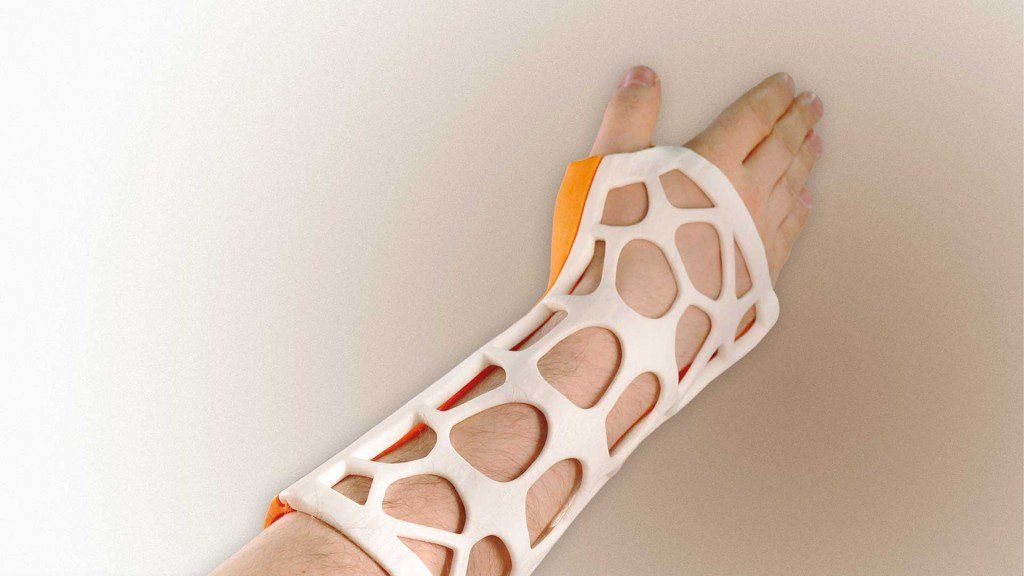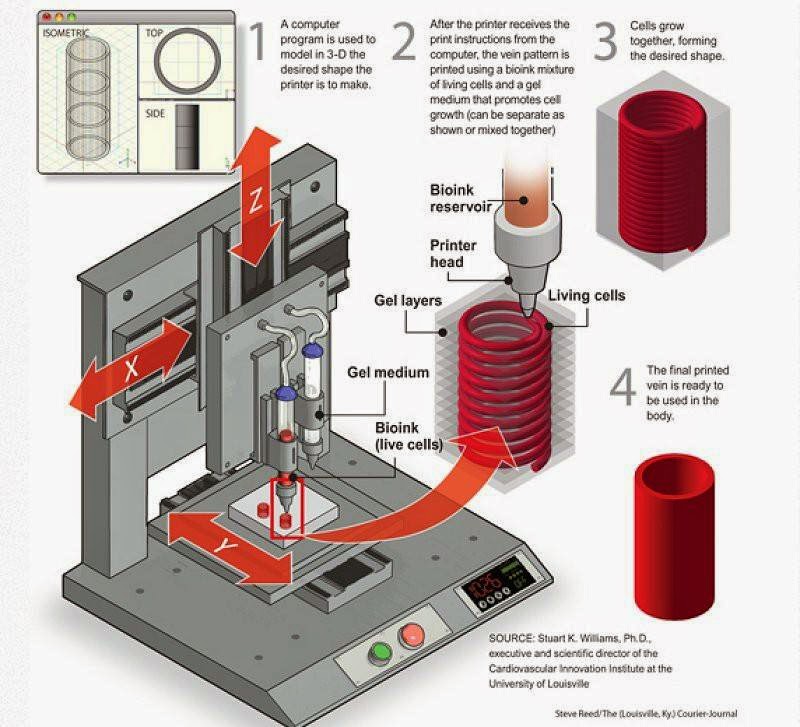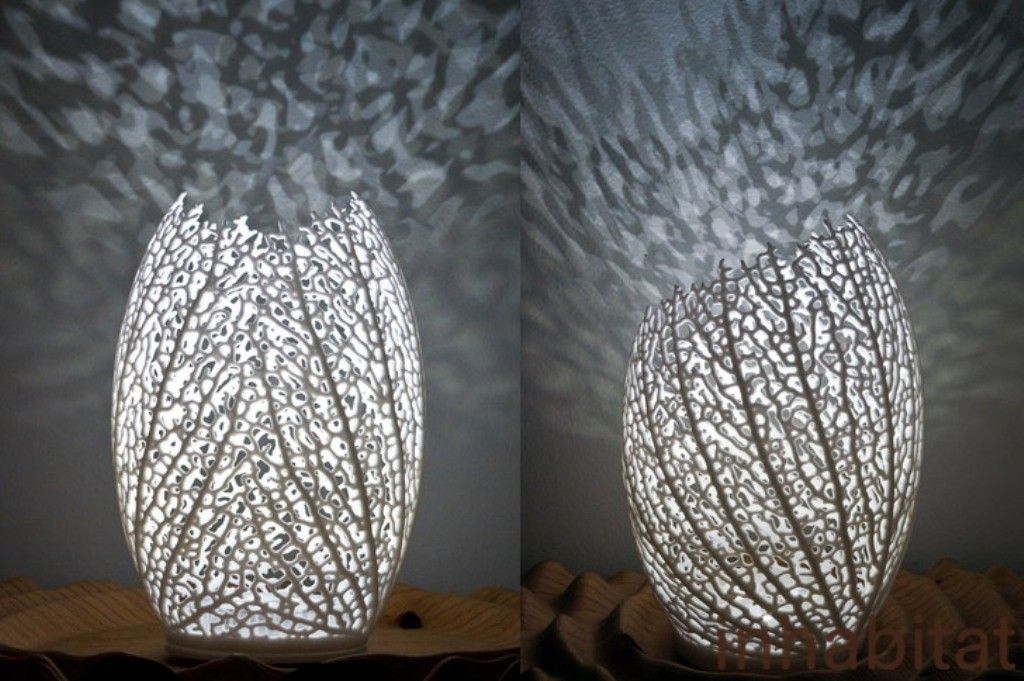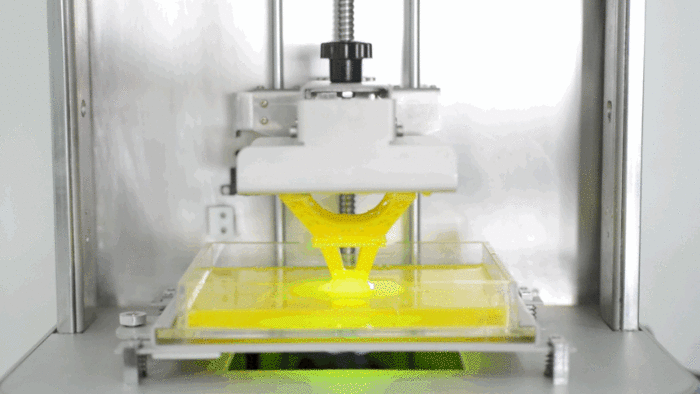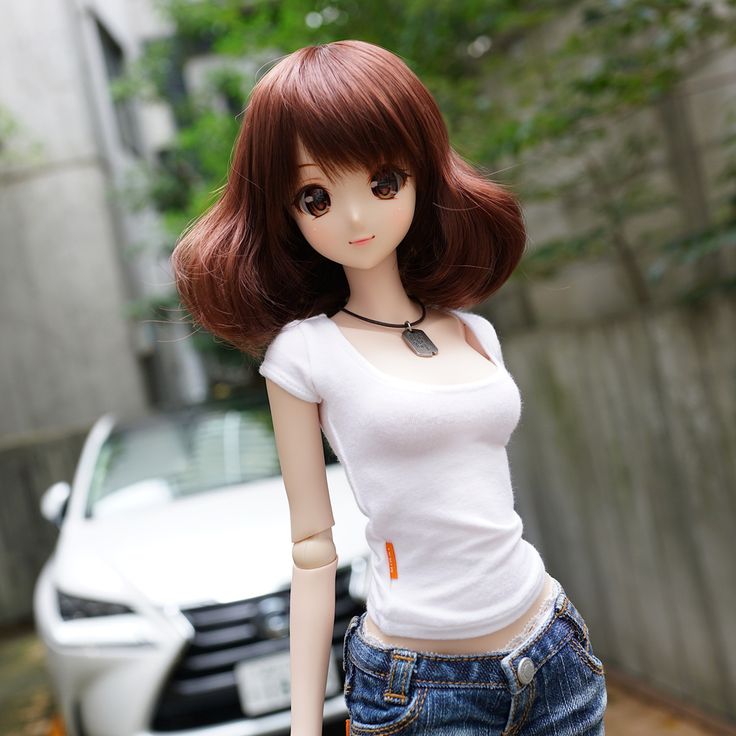3D printed casts for broken bones
Are 3D Printed Casts the Right Choice for You?
A 3D printer may look like something out of a science fiction movie, but this cutting-edge technology is becoming increasingly common in the medical world. Now, a new use for 3D printing is emerging in the field of orthopedics. In particular, 3D printed casts are an alternative to traditional plaster or fiberglass casts.
While 3D printed casts are not yet widely available, they are becoming popular as more patients learn about the benefits that they offer. This blog post will discuss how 3D printed casts work and why you might choose one over a traditional plaster or fiberglass cast.
What Are 3D Printed Casts?A 3D printed cast is a medical device created using a 3D printer to support a broken bone as it heals. Unlike traditional casting, 3D printed casts are produced using additive manufacturing technology. This means that they can be custom designed to fit the specific contours of a patient's limb.
3D printed casts can be manufactured with an open design that allows the skin to breathe and helps prevent skin irritation. In addition, 3D printing technology makes it possible to produce casts in different colors and designs.
How Do 3D Printed Casts Work?phonlamaiphoto - stock.adobeA 3D scan is made of the injured limb to make the cast. This scan is then used to create a 3D model of the limb. An engineer uses that model to create a cast design that will fit the limb. The design is then sent to a 3D printer, which creates the cast using a high-temperature thermoplastic. The final product is then put on the limb and can be removed when the injury has healed.
Step 1: ScanThe process of creating a 3D-printed cast begins with taking a scan of the patient’s limb. This may include x-rays, CT scans, or other imaging techniques. This allows the doctor to determine the broken bone's exact position and the shape of the patient's limb.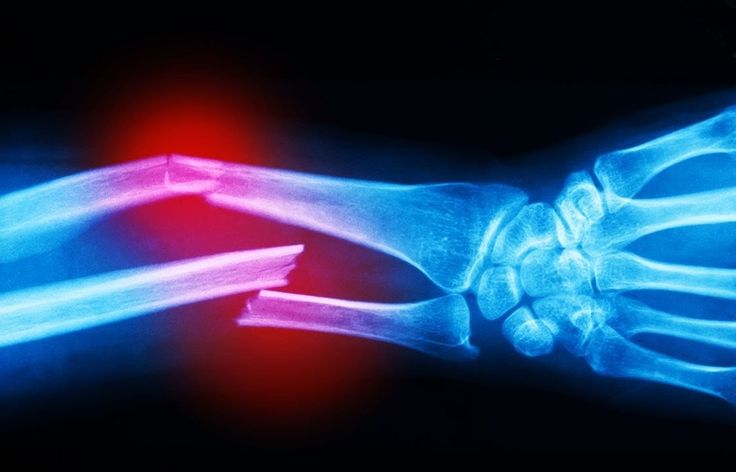
Once the scans are complete, a 3D model of the limb is created. The patient's hand is scanned with a 3D scanner to create an accurate and detailed three-dimensional model. This model can then be used to create a custom device design without the need for casting.
Step 3: 3D printingThe next step is to print the cast. This can be done using a high-temperature thermoplastic or by sintering powder. The print may require post-processing to make the materials safe to touch and strong to wear for long periods of time.
What Are 3D Casts Made Of?Most 3D casts are created using a high-temperature thermoplastic. The plastic is heated to a high temperature and then cooled, creating a hard, durable cast that can support broken bones or immobilize joints for non-surgical treatment. The exact composition varies depending on the manufacturer, but it typically includes a variety of polymers and resins.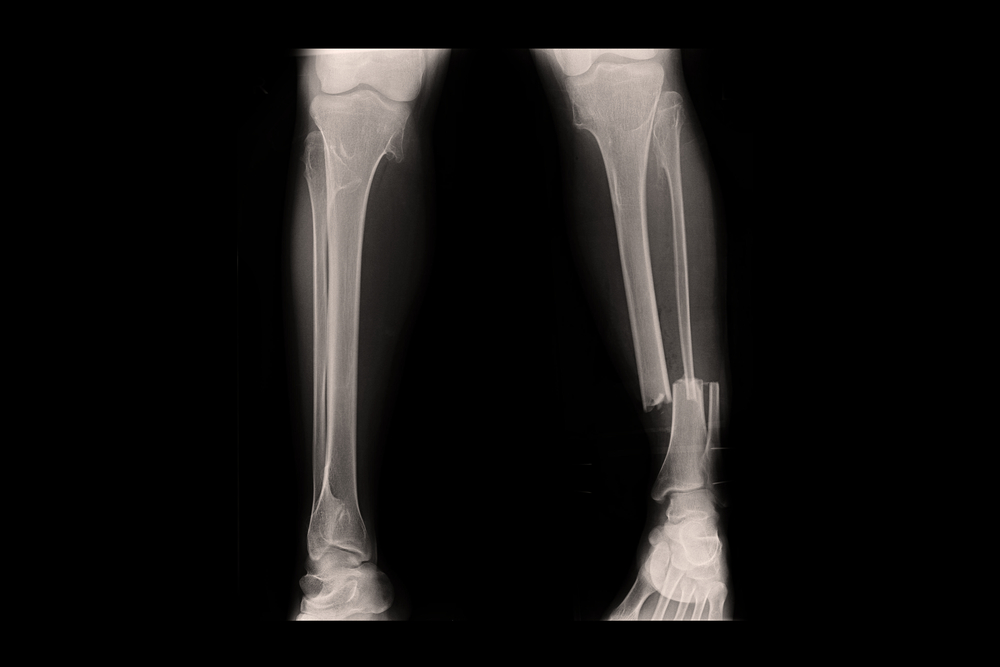
3D-printed casts offer a number of benefits over traditional plaster casts or fiberglass casts, including a better fit, greater breathability, and decreased itchiness. They are much easier to remove, so you can wear them in showers or baths without worrying about this type of cast getting wet. They are also weather-resistant, so you don't have to worry about them getting ruined if caught in the rain.
Additionally, 3D printed casts can be custom-fit to your body, making them more comfortable to wear and less likely to cause skin irritation. Finally, because they are lightweight and breathable, 3D printed casts are less likely to cause swelling and discomfort than traditional casts.
Drawbacks of 3D Printed CastsAlthough they offer a number of advantages, there are also some potential drawbacks to consider. One of the main risks associated with 3D-printed casts is that the cast may not fit properly if the limb is swollen during the initial scan.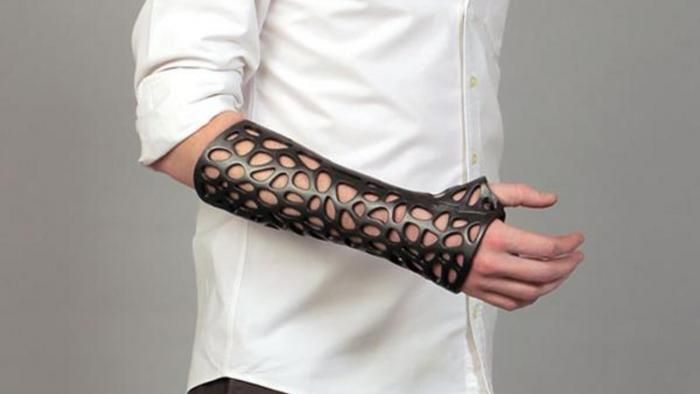 When swelling occurs, the affected area can increase in size, which may cause your print to not fit properly. The process will then need to be repeated, which can be both time-consuming and costly.
When swelling occurs, the affected area can increase in size, which may cause your print to not fit properly. The process will then need to be repeated, which can be both time-consuming and costly.
Another limitation is that 3D printed casts are not suitable for patients who need immediate care. This is because it can take some time to create and process the print, which may not be practical for patients with serious fractures. Additionally, 3D printed casts are not suitable for patients who require manipulation of the bones back into place.
The last disadvantage to consider is that 3D printed casts are more expensive than traditional casts, and insurance companies may not cover the cost. Although this technology is constantly improving, it is important to be aware of the potential disadvantages before choosing a 3D printed cast for your injury.
3D Printed Casts Costphonlamaiphoto - stock.adobeAlthough 3D printing technology is often associated with a low-cost manufacturing process, the reality is that the cost of 3D printed medical devices can be quite high.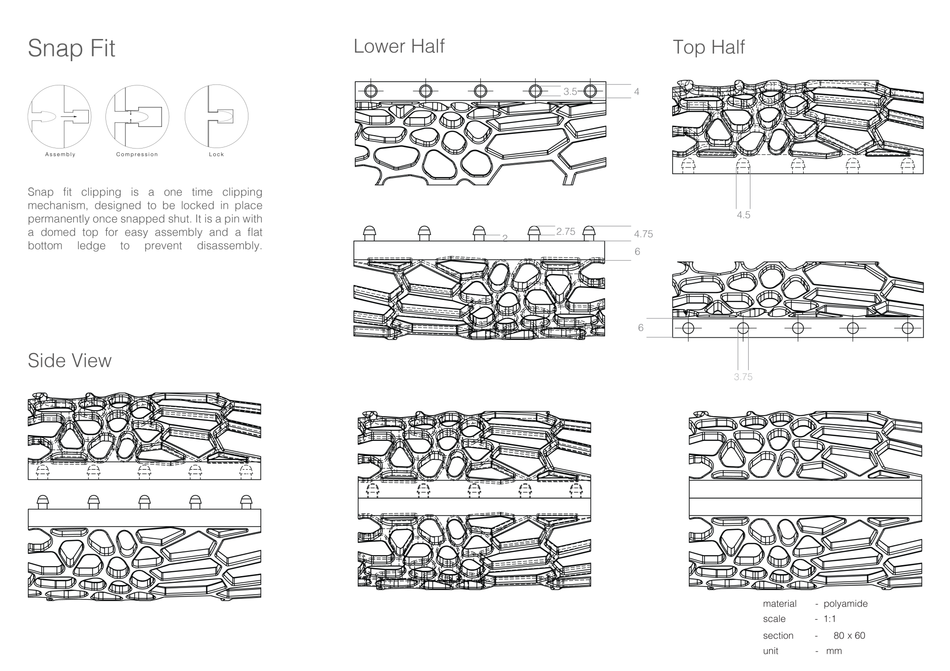 When it comes to the cost of 3D printed casts, there are a few key factors to consider.
When it comes to the cost of 3D printed casts, there are a few key factors to consider.
First, the materials used in 3D printing are typically more expensive than traditional plaster or fiberglass. Second, the scanning equipment required to create a 3D model of the injury can be fairly costly. Finally, most hospitals or clinics would need to hire additional personnel to operate the 3D printers to create the designs or hire an outside firm to complete the tasks.
Overall, the cost of 3D printed casts is likely to be higher than traditional casting methods. However, it is worth noting that the price may come down as the technology becomes more common. Additionally, some insurers may start to cover the cost of 3D printed casts as they become more widely used for bone fractures.
3D Printed Cast CareWhen it comes to caring for a 3D printed cast, the process is quite simple. Unlike traditional plaster or fiberglass casts, which must be kept dry at all times, 3D printed casts are water-safe and can be fully submerged.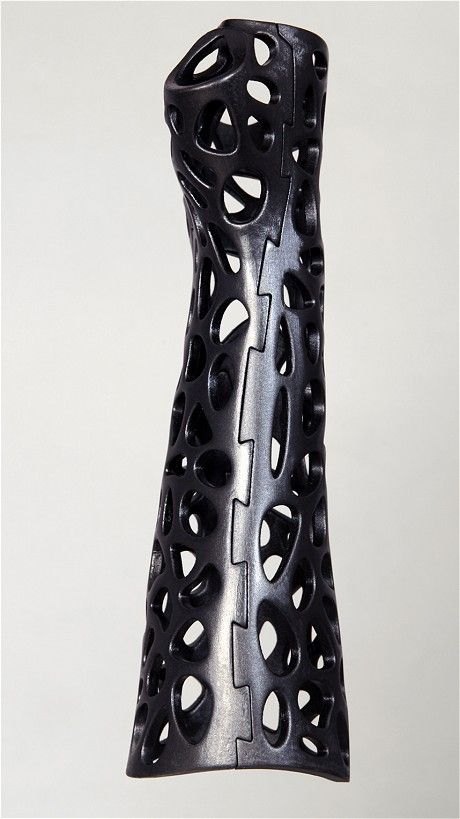 This makes showering and bathing easier for patients, as they no longer need to worry about keeping their cast dry. Wounds are visible through the material of the 3D-printed cast, and they can be monitored at all times.
This makes showering and bathing easier for patients, as they no longer need to worry about keeping their cast dry. Wounds are visible through the material of the 3D-printed cast, and they can be monitored at all times.
While 3D-printed casts have been hailed as a game-changer in the medical field, they still have several drawbacks. Cast21 was developed as an innovative solution to overcome the problems of current casting technology.
FDA listed, the Cast21 system is the next generation of cast technology. The injured limb is simply placed into an open lattice sleeve and filled with a fast-curing proprietary formula. This patented system creates a perfect-fit, fast-acting solution for joint care. The result is a strong, yet seemingly weightless cast alternative that is comfortable to wear. In addition, Cast21 is waterproof, so patients can easily shower, and swim allowing patients to stay active while they heal.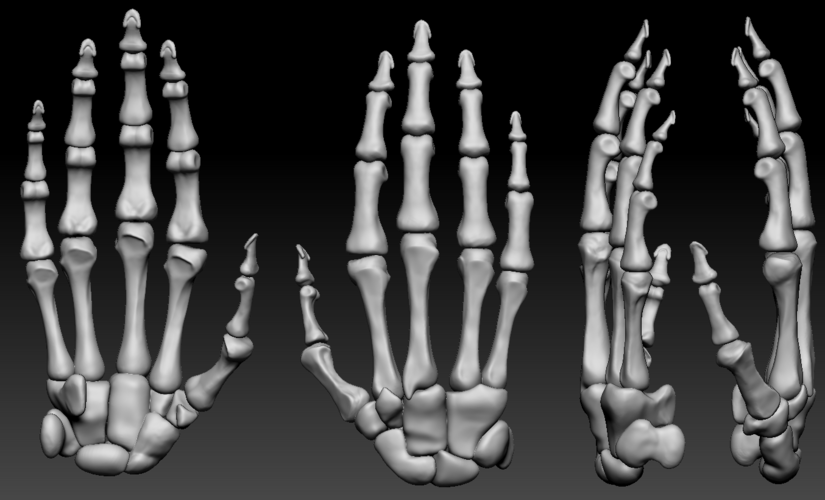
With its unique design and versatile applications, Cast21 is changing the way we think about healing. It's no wonder that Cast21 is quickly becoming the preferred choice for patients and doctors worldwide.
Mayo Clinic Minute: 3D-printed cast makes for a more hygienic recovery
-
By
Alex Osiadacz
New 3D-printed casts available at Mayo Clinic in Florida are making healing a more hygienic experience. The Department of Physical Medicine and Rehabilitation is using a waterproof polymer material that will let cast-wearers bathe, sweat and do a host of other tasks that are much more difficult with a traditional fiberglass cast.
Watch: The Mayo Clinic Minute
Journalists: Broadcast-quality video natural sound pkg (1:00) is available in the downloads at the end of the post.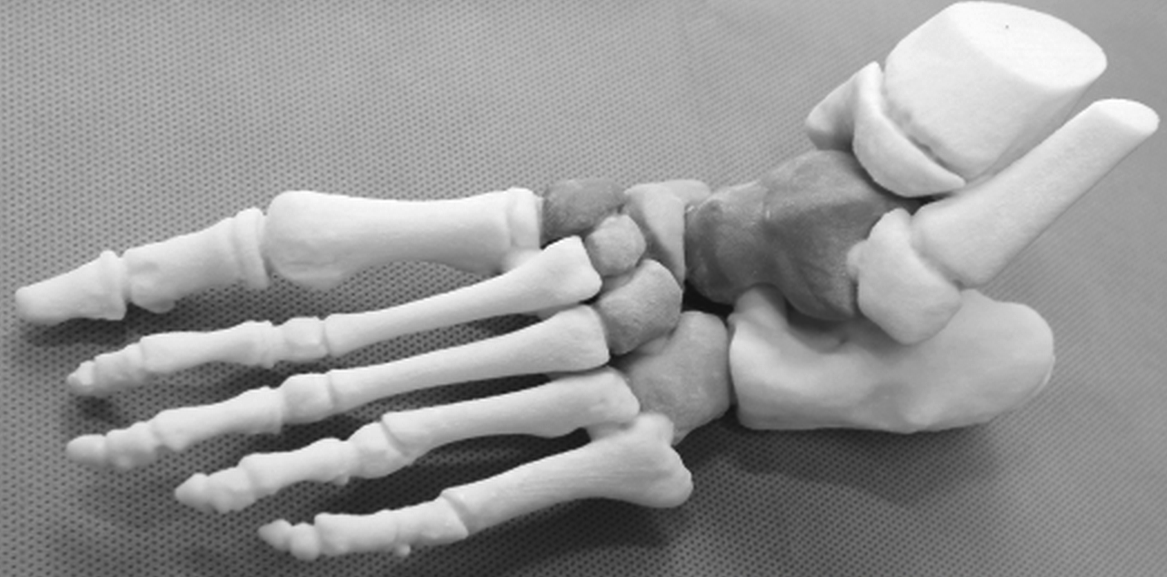 Please courtesy: "Mayo Clinic News Network." Read the script.
Please courtesy: "Mayo Clinic News Network." Read the script.
Out with the old and in with a new, more hygienic way to heal, thanks to 3D-printing technology.
In about 90 minutes, a scan of the injured area is turned into a digitized model, then printed using specialized equipment and supplies.
"With traditional casting, we have to keep it dry," says Dr. Daniel Montero, a Mayo Clinic orthopedic surgeon. "That can be a pain, especially for bathing and hygiene. But with newer 3D splints and casts, they are allowed to get wet."
Dr. Montero says that includes sweating, which will allow someone wearing the cast to stay physically active. Unlike a fiberglass cast, which transmits the force of impact to the bone, the polymer material used in a 3D-printed cast disperses force evenly across the surface, making it more durable.
"I'm excited to use this with our athletes and keep them in the game and minimize some of the downtime exercise-wise," he says.
For now, patients 10 and older with traditional wrist fractures are candidates for the new cast.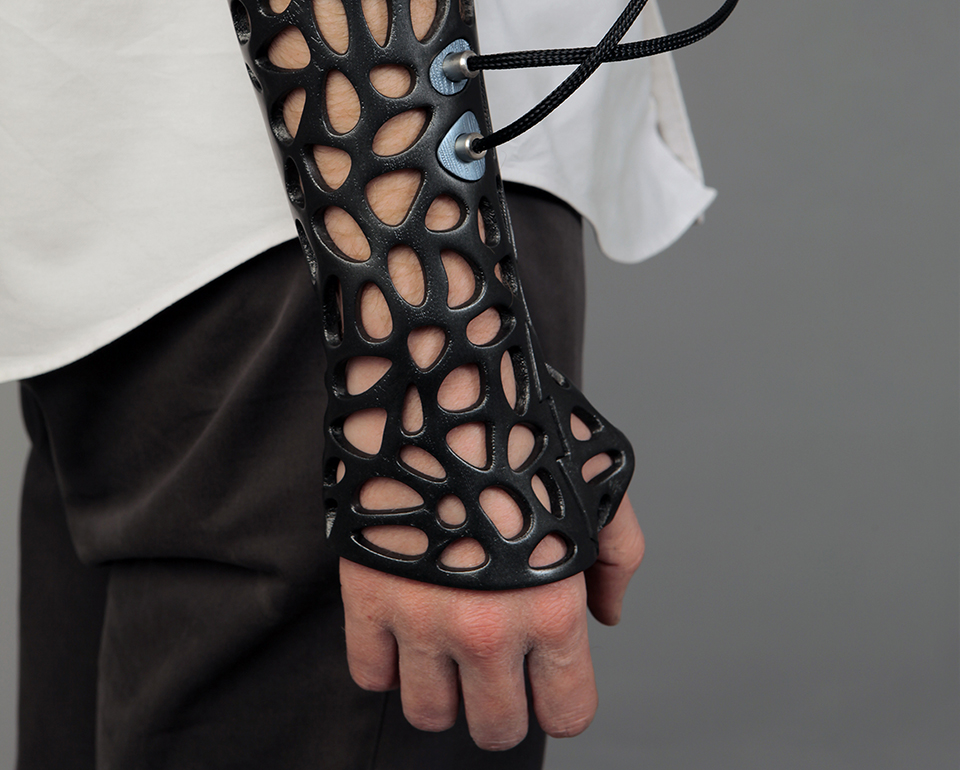
"There'll be other applications in the future as we continue to study and fine-tune the technology," says Dr. Montero.
Currently, 3D casts are only available at Mayo Clinic in Florida, as other Mayo locations explore its use.
For the safety of its patients, staff and visitors, Mayo Clinic has strict masking policies in place. Anyone shown without a mask was recorded prior to COVID-19 or recorded in an area not designated for patient care, where social distancing and other safety protocols were followed.
Related articles
Why does my shoulder ache?
If you find yourself rubbing your shoulder after reaching up to take a coffee mug off the shelf, hammering in a nail just over your [...]
By Joel Streed • January 3, 2023
Mayo Clinic Minute: Don’t get bit by frostbite
Just in time for the holidays, much of the nation has been gripped by extreme cold. The frigid temperatures can be very dangerous if you [...]
By Joel Streed • December 23, 2022
Mayo Clinic Minute: Snowblower safety
Winter is here, and if you live in a region with a lot of snow, investing in a snowblower can save you a lot of [. ..]
..]
By Jason Howland • December 22, 2022
Treatment of fractures using 3D-printed orthoses
Content
-
- History The appearance of technology
- Opportunities that open the use of 3D-printed orthoses
- 3D printing orthic orthic orthic
- Pros and cons
- Further development of technology
3D printed models of fixators or so-called orthoses have been used in the treatment of fractures for a long time, but so far this technology has not received wide application. In this article, we will consider all the pros and cons of this method compared to the traditional plaster cast, and also try to predict the future technological revolution in this most conservative, but very reliable and effective treatment method. nine0003
History of the emergence of technology
Orthopedic plasters are used to facilitate the healing process of broken bones. Acting like a pin, the cast keeps the limbs in place to prevent the bone from healing improperly.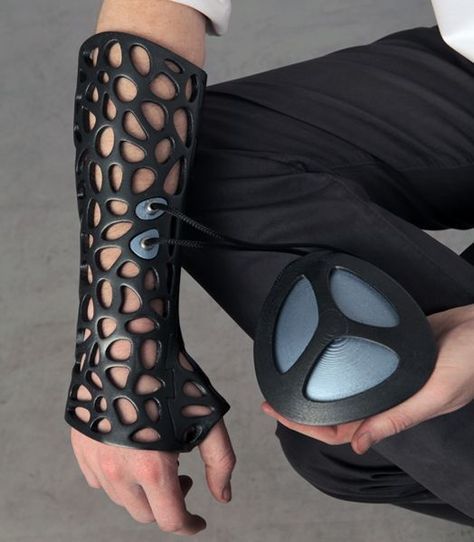 Modern dressings are made mainly of gypsum or fiberglass, and the idea of creating a fixing (immobilizing) dressing belongs to the Russian surgeon Nikolai Ivanovich Pirogov. In 1847, during the fighting in the Caucasus, he first used a fixing "stuck bandage". At first, starch was used as a hardening agent, which Pirogov later replaced with gutta-percha, and, finally, with gypsum. A modern plaster cast is a hygroscopic bandage sprinkled with plaster. Produced industrially, in sealed packaging. When soaked in water, gypsum plaster begins to harden. Application can take up to 45 minutes, and a full cast can take 24 to 72 hours. Removing plaster is also a difficult procedure: hardened plaster can only be broken safely with a special power saw. nine0003
Modern dressings are made mainly of gypsum or fiberglass, and the idea of creating a fixing (immobilizing) dressing belongs to the Russian surgeon Nikolai Ivanovich Pirogov. In 1847, during the fighting in the Caucasus, he first used a fixing "stuck bandage". At first, starch was used as a hardening agent, which Pirogov later replaced with gutta-percha, and, finally, with gypsum. A modern plaster cast is a hygroscopic bandage sprinkled with plaster. Produced industrially, in sealed packaging. When soaked in water, gypsum plaster begins to harden. Application can take up to 45 minutes, and a full cast can take 24 to 72 hours. Removing plaster is also a difficult procedure: hardened plaster can only be broken safely with a special power saw. nine0003
Naturally, there are many opportunities to improve this technology, and the pioneers of 3D printing saw the potential of additive manufacturing to solve the emerging problems. The first 3D printed retainers were introduced in 2013. At the same time, the scheme for the production of an orthosis became clear.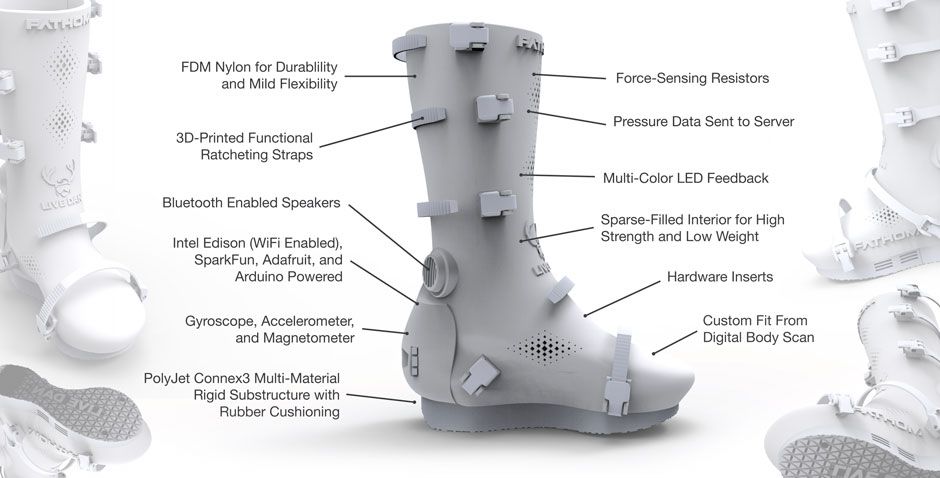 It consists of 3 main steps.
It consists of 3 main steps.
Stage 1: X-ray
To determine the exact position of the broken bone, a standard x-ray of the patient's limb is taken. nine0003
Stage 2: 3D modeling
The patient's arm is scanned with a 3D scanner to create a 3D model. Based on the exact dimensions of the patient's hand, a perfectly fitting impression shape can be made.
Stage 3: 3D printing
The orthosis is 3D printed from lightweight plastic and can be fitted to the patient in seconds.
Although the technology has been around for nearly a decade, 3D printed orthoses have yet to see significant adoption. This is mainly due to the lack of specific data on their practical benefits. But the situation began to change. nine0003
In a 2020 study, Chinese scientists compared 3D printed orthoses for treating hand fractures with traditional casts and external fixed splints.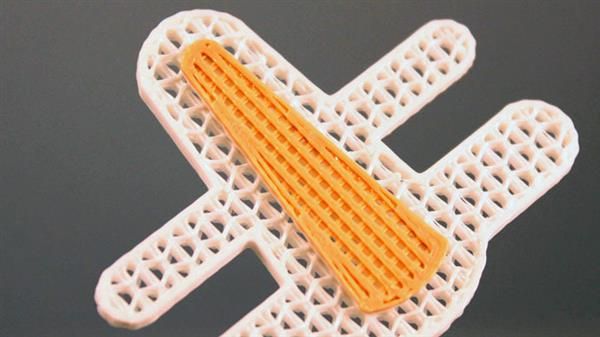 The results of the study showed that, compared to a cast, 3D orthoses provide a higher level of comfort and a reduction in pain. Technology is being used more and more. Children's Hospital in Colorado announced that it is the first pediatric hospital in the United States to begin fitting 3D printed orthoses for children. The new technology improves the results of treatment, and also removes a number of restrictions that exist when using traditional methods of treatment. nine0003
The results of the study showed that, compared to a cast, 3D orthoses provide a higher level of comfort and a reduction in pain. Technology is being used more and more. Children's Hospital in Colorado announced that it is the first pediatric hospital in the United States to begin fitting 3D printed orthoses for children. The new technology improves the results of treatment, and also removes a number of restrictions that exist when using traditional methods of treatment. nine0003
The possibilities offered by 3D printed orthoses
The invention of plaster was one of the greatest medical discoveries. But nevertheless, it has a number of significant drawbacks that can be overcome with the help of 3D printing. Putting on a cast can be a long, laborious, messy, and even painful process. Very careful measurements are required. 3D printing solves all these problems. The orthosis can be easily fixed in seconds with a pair of clips. Removal is also simple, and does not require the use of dangerous electric saws.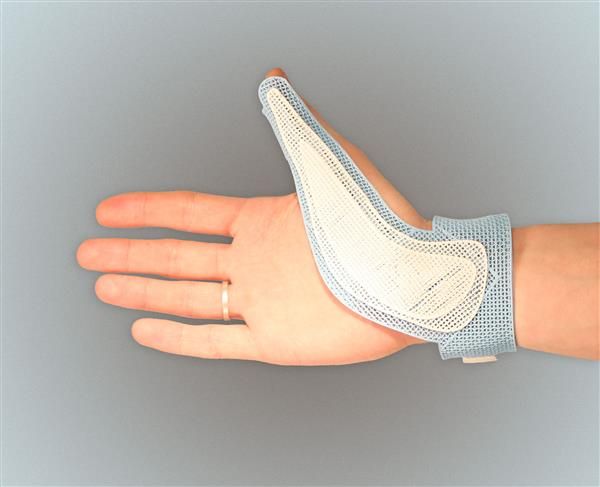 nine0003
nine0003
One of the significant disadvantages of plaster is that it does not breathe. The plaster prevents air from contacting the skin. This can lead to clogged pores, and some patients may develop dangerous skin infections in the wounds. Moreover, constant heat, sweat and pressure can cause very unpleasant itching. In turn, 3D-printed orthoses are made in the form of a lattice, consisting of open sections with plastic racks. This ensures the necessary structure and incomplete coverage of the hand, and therefore a higher level of comfort. nine0003
Gypsum cannot be wetted, water will destroy the structure. The patient cannot take a shower, he is afraid to get caught in the rain. 3D printed orthoses are made of waterproof plastic, so you can even swim with them.
Another disadvantage of conventional gypsum is the inability to properly distribute pressure. Perhaps this is the biggest negative, and it slows down the healing process. A 3D printed orthosis is custom designed and its lattice structure can be designed to add strength to specific areas that need support and relieve pressure elsewhere.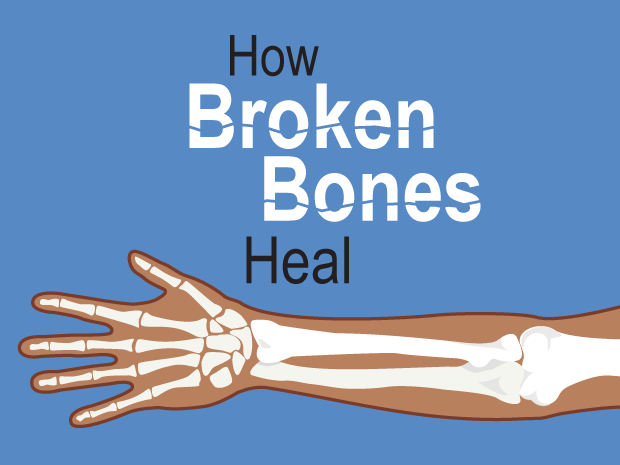 nine0003
nine0003
The idea for the mesh structure of the orthosis came from New Zealand engineers Ollie and Jake Eville. They developed a prototype in 2013 and later created one of the world's first orthopedic orthoses using 3D printing. Lightweight, breathable, high-tech and providing localized support for broken bones, the orthosis showed everyone the promise of this technology. This work earned them 2nd place at the International James Dyson Technology Awards and their design vision led them to work as designers on the recent Hollywood blockbuster Blade Runner 2049.
Well, now I would like to talk a little about specific 3D printing technologies in the field of creating orthoses and companies that provide such a service to patients and doctors.
3D printed orthoses
In most cases, 3D printers using FDM technology are used to create 3D printed orthoses. The model is formed by layer-by-layer application of molten plastic thread. The main advantage of the technology is the low cost of the material, and hence the low cost of the model itself. But the main disadvantage is the printing speed, which does not allow you to create a model in the presence of the patient. It is also worth considering the maximum height of the building. Large-format printers such as the Raise3D Pro2 Plus and Picaso Designer XL are great for these tasks, and are highly reliable and capable of 24/7 operation. nine0003
But the main disadvantage is the printing speed, which does not allow you to create a model in the presence of the patient. It is also worth considering the maximum height of the building. Large-format printers such as the Raise3D Pro2 Plus and Picaso Designer XL are great for these tasks, and are highly reliable and capable of 24/7 operation. nine0003
Recently, orthoses have also begun to be printed on photopolymer 3D printers, the speed of which is higher, and the finish surface of the finished models is more pleasant to the touch. But this technology has its drawbacks: the need for post-processing of models and the many times higher cost of printing materials. Phrozen Transform Fast and FormLabs 3L photopolymer 3D printers suitable for this task are worth noting. The printer from the American company FormLabs, together with the whole ecosystem built by the manufacturer, can become an indispensable tool, but the model from the Taiwanese manufacturer Phrozen will attract those who are not ready to immediately make big investments, but want to try the possibilities of 3D printing. nine0003
nine0003
Free Shipping
Add to compare
Product added to compare Go
| Manufacturer | Formlabs |
Free Shipping
Add to compare
Product added to compare Go
| Manufacturer | nine0097 Raise3D
Free Shipping
Add to compare
Product added to compare Go
| Manufacturer | Phrozen |
Free Shipping
Add to compare
Product added to compare Go
| Manufacturer | PICASO 3D |
3D Printed Orthosis Business Cases
Well, now some interesting examples of businesses from around the world built on the use of this innovative treatment technology.
CastPrint is a service bureau founded by entrepreneurs Janis Olins and Sigvards Krongorns in Latvia. What makes it special is that the bureau develops not only orthoses for certain parts of the hands (wrist, thumb, other fingers), but also one of the first for the treatment of leg injuries.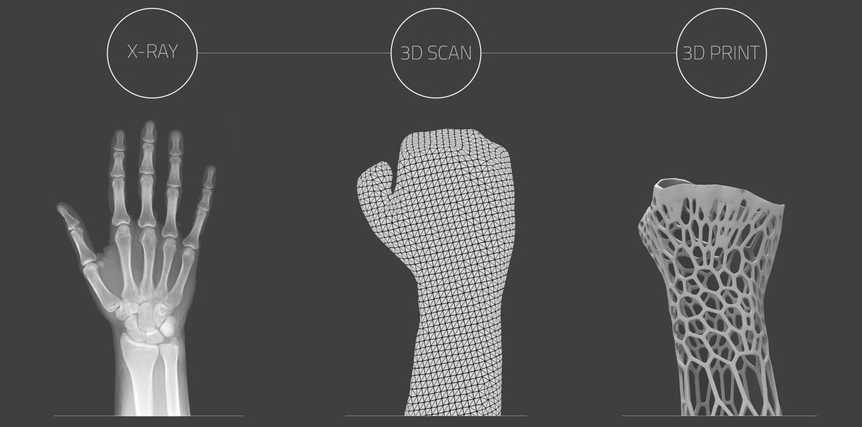 nine0003
nine0003
CastPrint has expanded its business to the point where its technologies have become commonplace in the Latvian healthcare market, and last year expanded to the UK, where several private healthcare firms have adopted the technology into everyday practice.
Spanish company Xkelet decided to speed up the 3D printing of orthoses. Its COO Tim Dobrinich was unhappy with the 2-hour process from scanning to production and decided to cut it down to 15-30 minutes. He used a special camera mount on an iPad and a custom app. The patient's limb is photographed from all sides, and the cast model is formed in seconds. Thus, there is no need for longer separate 3D scanning and modeling. Xkelet orthoses use anchor points called o-rings. They allow you to recast the same model several times, making the product reusable. In April 2021, the company received an award at the international design festival Red Dot Award in Berlin for the design of a 3D printed orthosis.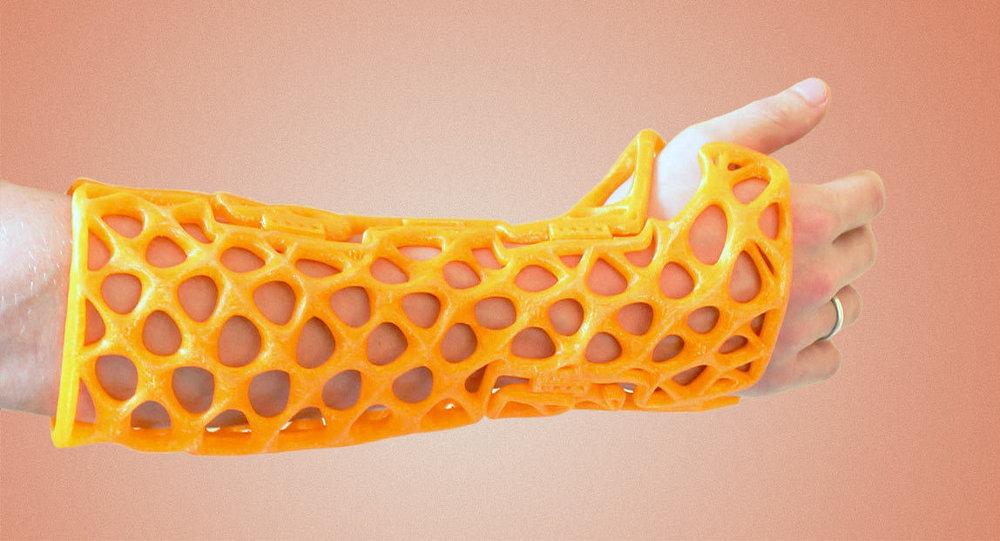 nine0003
nine0003
The Russian company Zdravprint took a different path and began to create orthoses based on the patient's biometric parameters. A special program converts the dimensions of the patient's arm into a 3D model of an individual orthosis. Printing time is 15 to 90 minutes. Products have an internal three-dimensional structure, which makes the thermoforming process more convenient. Forming the product for the patient takes 5 minutes.
Zdravprint works with leading Moscow medical institutions, for example, from 294th City Clinical Hospital of Moscow and 4th City Clinical Hospital of Moscow. Hundreds of patients have already been treated with the company's products.
Pluses and minuses
Summing up, I would like to once again emphasize the pros and cons of the new method. The advantages include patient comfort, easy application and removal, as well as a lower cost compared to a plaster cast. The custom design of the 3D printed orthosis makes the treatment process much more efficient, and the open lattice structure improves breathability, which is especially important when treating children.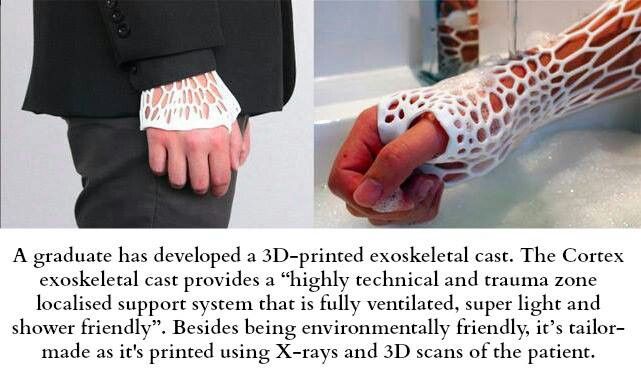 It is strong and lightweight, and does not restrict movement like regular plaster. Reuse also reduces costs (as suggested by Xkelet). Orthoses can be redesigned and modified using existing structure and less material. nine0003
It is strong and lightweight, and does not restrict movement like regular plaster. Reuse also reduces costs (as suggested by Xkelet). Orthoses can be redesigned and modified using existing structure and less material. nine0003
On the negative side, there is less data on the effectiveness of use in the treatment of injuries than on the use of gypsum. Even now, as more and more studies are being conducted that support this effectiveness, a medical consensus has yet to be reached. For this reason, the technology has not yet been widely adopted. It will take time to collect the evidence base, and we just have to wait a bit. It is also difficult to use orthoses for the treatment of leg fractures. They are comparatively larger and more uncomfortable than their counterparts for hand fractures, make it difficult to wear socks and shoes, and have more restrictions. nine0003
Further development of technology
One of the next tasks that 3D printed orthoses should solve is to fix entire limbs, and not just a hand, wrist, foot or ankle.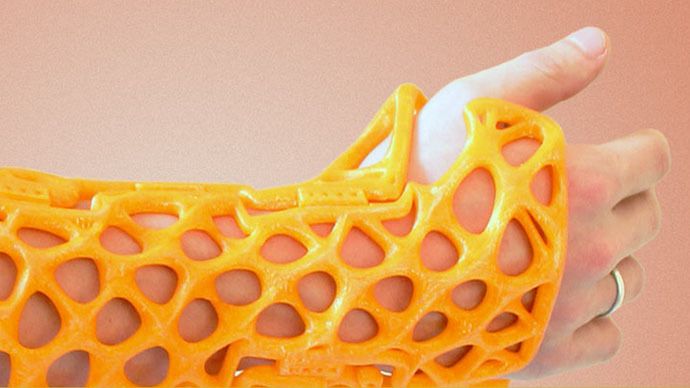 Industry leaders are trying to develop hand orthoses that extend beyond the elbow to reach the shoulder and biceps as well as the hip to treat leg fractures. Some of the most devastating and hard-to-heal injuries occur in these areas, mostly as a result of car and motorcycle accidents, and casts are used for such injuries as well. nine0003
Industry leaders are trying to develop hand orthoses that extend beyond the elbow to reach the shoulder and biceps as well as the hip to treat leg fractures. Some of the most devastating and hard-to-heal injuries occur in these areas, mostly as a result of car and motorcycle accidents, and casts are used for such injuries as well. nine0003
3D printed orthoses are currently available worldwide in the paid healthcare market. However, patients receiving free public health care are unlikely to hear about them. This is primarily due to the same lack of the necessary research base, clearly confirming the effectiveness and safety of the technology. But we hope that it will be assembled soon, and the technology will become available to everyone.
An example of an automated 3D process in orthopedics. The scan received using the phone (the shooting process took 5 minutes) is automatically converted into a 3D model (20 minutes) and printed on a 3D printer (5 hours).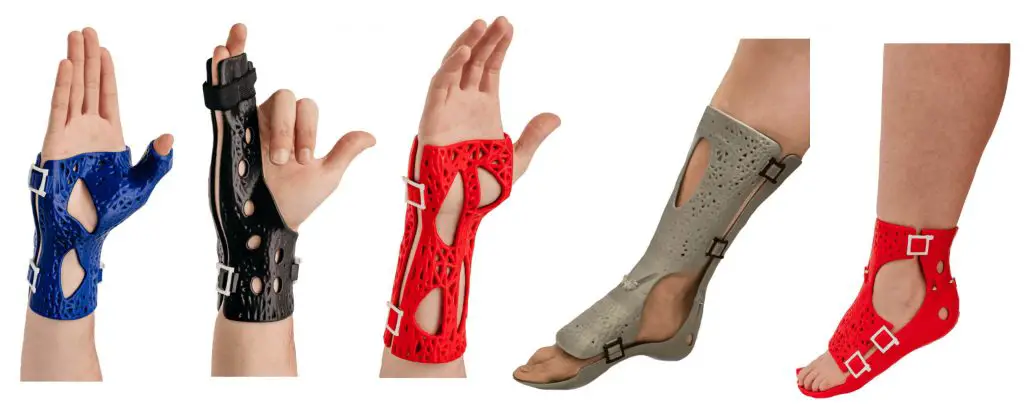 The Raise3D Pro2 Plus printer was used. nine0003
The Raise3D Pro2 Plus printer was used. nine0003
Sourced from 3DSourced
3D printing - individual solutions for the treatment of bone fractures - Altermedica LLC
High tech
3D printed external fixators as custom solutions for bone fractures
The
polymer plastic retainer, created by Spanish startup Xkelet, is waterproof, non-itchy, easy to remove and reusable, eliminating the time and expense of recycling when traditional materials are used. nine0003
Anyone who has ever had to wear a cast can attest to the inconveniences they experience, such as difficulty showering because the cast is not waterproof, and the inability to swim. The gypsum is heavy and causes itching, and the design of the gypsum itself does not allow you to scratch the place of itching.
But now, with the new Red Dot Award technology that uses 3D printing, plaster casts may be a thing of the past, at least when it comes to treating sprains or minor fractures.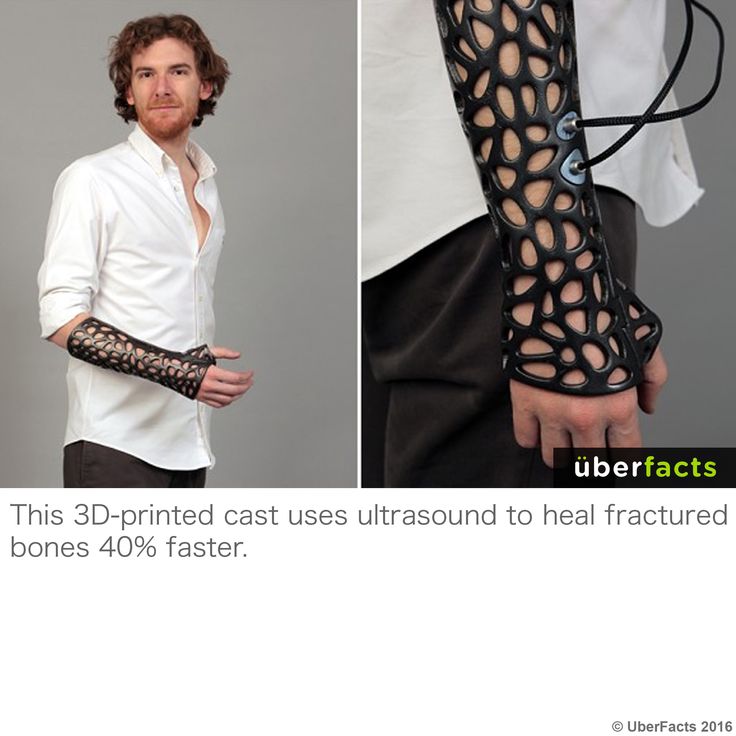 Xkelet casts are 3D printed with ISO 109 compliant plastic material93-1. They are cast, lightweight, weighing less than 100 g.
Xkelet casts are 3D printed with ISO 109 compliant plastic material93-1. They are cast, lightweight, weighing less than 100 g.
“The material is biodegradable and we can make it in any color,” Tim Dobrinich, CEO and co-founder of TriMed, told MD+DI. TriMed is a major mold distributor with Exiom, which owns the exclusive US rights to the products. TriMed also installs systems and trains practitioners who wish to provide this service.
“What is nice about this product is that it is very breathable and very light,” Dobrinich said. “If you have an itch, you can scratch it, you can take a shower, you can swim with it. So you can be a lot more active." nine0003
He warns that castes are not suitable for every situation, but they are optimal for minor fractures or sprains, or for treating something like carpal tunnel syndrome. Xkelet is not the first company to develop custom 3D printed molds (castes), but it is the first to make its technology scalable. This is because they use their own iPad app rather than expensive 3D scanning equipment.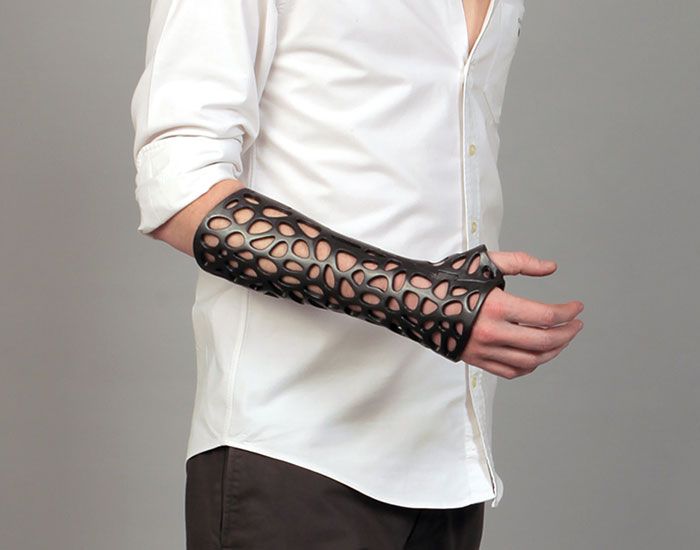
According to Dobrinic, the creation process begins with the use of an iPad. nine0003
"There is a scanner that is installed outside the iPad, where the photo lens is located, and within 10 seconds it can scan," he continued. “The next window that pops up on the iPad is the scan itself, which allows you to calculate the measurements from the wrist area to the thumb, depending on how much bone they are going to capture,” he explained.
The image can be rotated to make sure everything looks right and then sent to the 3D printer for production. The printing process currently takes about two hours, he said. "Obviously that's about two hours longer, but the ultimate goal of these new printers is to print in 12 to 30 minutes." nine0003
Xkelet casts can be removed and reused with o-rings built into the design, making it easy to reuse. They can also be designed so that they can only be removed with a special tool so that children cannot accidentally remove them.
Castes are considered Class 1 devices and are commercially available in the United States for the treatment of wrist and hand injuries, and products for other parts of the body are under development.